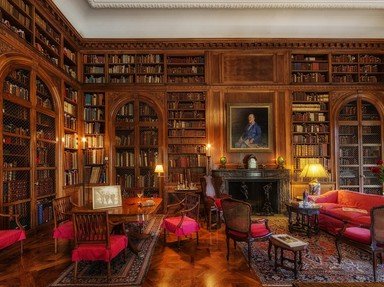Quiz Answer Key and Fun Facts
1. Dr Rita Lot is writing about the role of women in late 19th century novels like 'The Awakening' (Kate Chopin) and 'Dracula' (Bram Stoker). She's exploring the idea that gender roles are socially constructed, rather than biological fact. Which type of literary criticism is she using?
2. Dr Rita Lot is using psychoanalytic criticism to analyse Hamlet's actions in Shakespeare's play of the same name. Whose ideas was psychoanalytic criticism based on?
3. 'The Bloody Chamber' was a collection of short stories by Angela Carter that were based on fairy tales. Rita is exploring the idea of parody and pastiche in the stories. Which style of criticism is she using?
4. Dr Rita Lot is analysing Tennessee Williams' play, 'A Streetcar Named Desire', using Marxist criticism. Which aspect of the play is she exploring?
5. Rita wants to find out why the 'Harry Potter' series (J.K Rowling) was so popular. She's going to compare it to other young adult fantasy fiction series, like 'Twilight' (Stephenie Meyer) and 'The Demonata' (Darren Shan). Which type of literary criticism looks at novels in the context of their genre?
6. New historicism is a method of analysing something within its historical context. What historical non-literary text could Rita Lot refer to in an article on Wilfred Owen's war poetry?
7. Dr Rita Lot is exploring the representation of nature in poems by William Wordsworth and other Romantic poets. Which kind of criticism is she using?
8. Benjamin Zephaniah, a British writer of Barbadian and Jamaican heritage, and Dr Rita Lot, writing about cultural identities in his poem 'Knowing Me', are both suitable subjects for this form of literary criticism. Which type of literary criticism deals with representations of race?
9. Narratology is the study of narrative structures that are common in all stories. Vladimir Propp suggested that there were 31 'functions' that could be used to create a story. In the Brothers Grimm version of 'Rapunzel', which of these is not true of the prince?
10. Dr Rita Lot is mixing literary theory with the scientific discipline of linguistics. Which type of criticism is she using?
Source: Author
AcrylicInk
This quiz was reviewed by FunTrivia editor
MotherGoose before going online.
Any errors found in FunTrivia content are routinely corrected through our feedback system.
